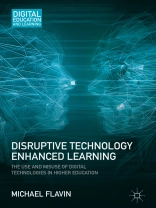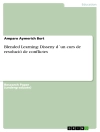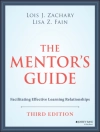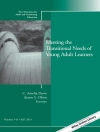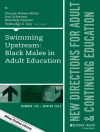This book is about how technologies are used in practice to support learning and teaching in higher education. Despite digitization and e-learning becoming ever-increasingly popular in university teaching settings, this book convincingly argues instead in favour of simple and convenient technologies, thus disrupting traditional patterns of learning, teaching and assessment. Michael Flavin uses Disruptive Innovation theory, Activity Theory and the Community of Practice theory as lenses through which to examine technology enhanced learning. This book will be of great interest to all academics with teaching responsibilities, as it illuminates how technologies are used in practice, and is also highly relevant to postgraduate students and researchers in education and technology enhanced learning. It will be especially valuable to leaders and policy-makers in higher education, as it provides insights to inform decision-making on technology enhanced learning at both an institutional and sectoral level.
Table of Content
Chapter 1. Introduction.- Chapter 2. Free, Simple and Easy to Use: Disruptive Technologies, Disruptive Innovation and Technology Enhanced Learning.- Chapter 3. ‘Why Can’t I Just Google it?’ What Disruptive Innovation Means for Higher Education.- Chapter 4: Whatever Happened to the Digital Natives? Disruptive Innovation in the Higher Education Community of Practice.- Chapter 5: Bidding the Waves Go Back: Engaging with Disruptive Innovation.
About the author
Michael Flavin is Head of Curriculum Innovation at King’s College London, UK. He has two doctorates: one in Victorian literature, and one in technology enhanced learning. He has previously written two books on nineteenth-century studies.
